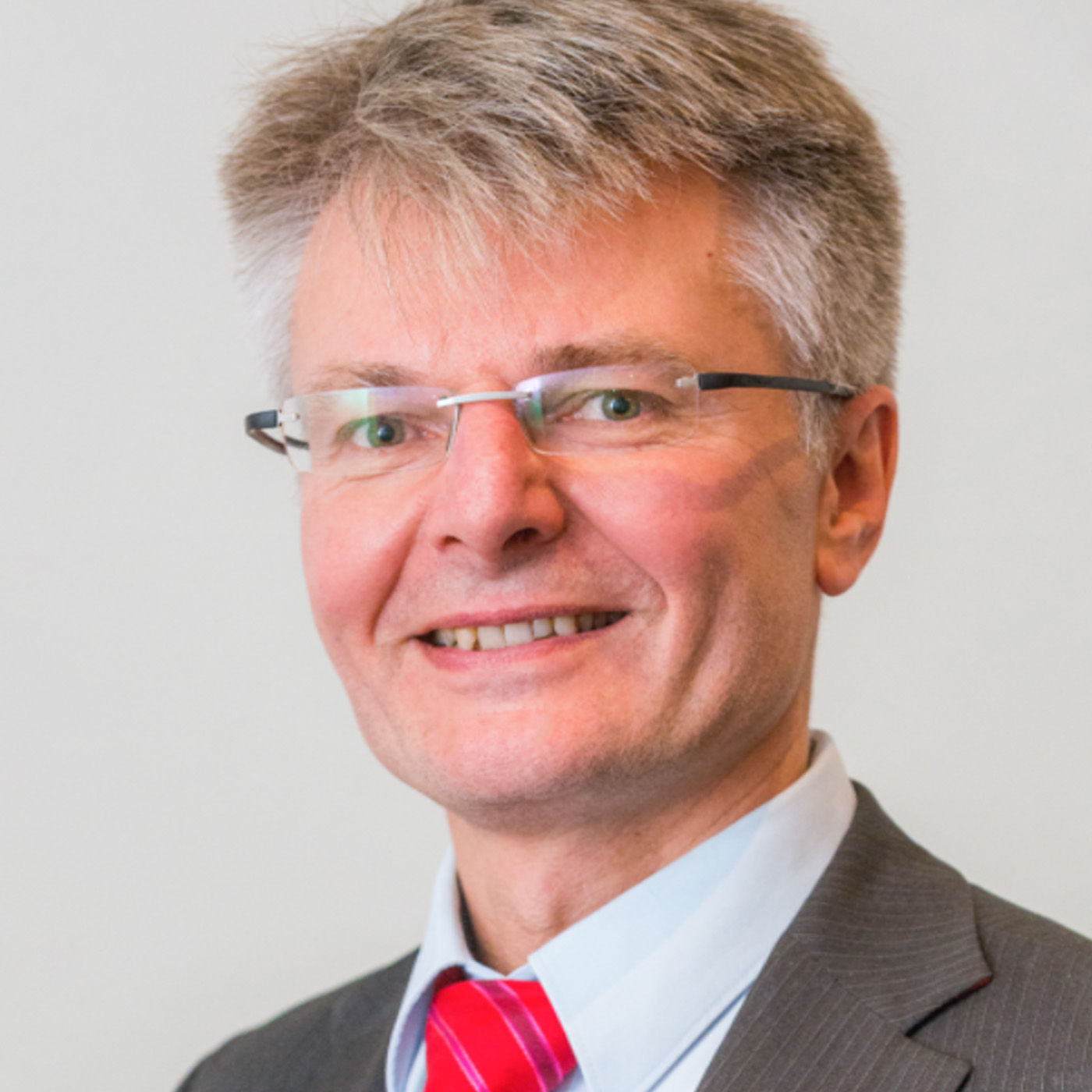“With the ‘Zesa’ project, we have made an investment in the future for increasing growth and internationalization of our business, which is already paying off today.”
Dirk Mithöfer, Managing Director EHA
PTA / Success Stories / EHA
As an energy service provider, EHA Energie-Handels-Gesellschaft mbH & Co. KG is the specialist for branch-based companies in Germany and Austria. Customers receive a comprehensive package of energy services “from a single source”. This includes the procurement and supply of green electricity and gas, energy controlling and energy consulting. The result is sustainable reductions in consumption and costs as well as practiced climate protection.

The “existing” central master data system created by EHA itself, which included the mapping of contracts, business partners, technical infrastructure and cost calculation, no longer met the changing requirements of the market. To replace or redesign this system, a project was set up in collaboration with PTA GmbH, which had to take the following framework conditions into account:
It all started with an analysis of the business processes. The resulting quantity structure spoke for the necessity of an iterative approach. A waterfall model was not an option, either in terms of time or risk. In order to transfer the data from the existing system to the structures of the new model, they all had to be compared and verified for accuracy and completeness. This was the only way to create the conditions for data migration. PTA GmbH was able to contribute its project experience to this task. Their approach was based on modern project management methods and included elements such as “extreme programming” and “agile project management”. The basis was a cyclical working method in which a development phase is followed by a refactoring phase. While new functionalities are created in the development phase, the focus in the refactoring phase is on technological aspects. For each cycle, the data from the old system is migrated to the new data structures. The joint teams of EHA and PTA employees were trained in this approach. In each team, an analyst defined the requirements in cooperation with the technical experts and then implemented them promptly together with up to four developers. In addition to the analytical and technological tasks, the project management team also managed the specialist content in terms of priorities and deadlines. Involving the key users in the test team reduced the risk during the smooth transition to productive operation.
Energy master data application: Concept
Energy master data application: Implementation
Key success factors were uniform user guidance through the consistent application of GUI guidelines and the categorization of sufficiently complex dialog types. So-called domain dialogs have been defined for navigation and information searches. This allows a wide variety of search functions, detailed information on the respective technical domain and the surrounding logical data context to be summarized and structurally represented in a common data environment. In the new solution created for the EHA, all transactions are accompanied by “wizards”. They guide the user through the entire data context to be processed as part of a transaction in a predefined sequence of steps. In this way, standardized and validated workflows are established and largely automated. The system architecture is based on a service-oriented approach that uses remoting and web services (communication layer). The data access layer consists of the components developed by PTA. Largely standardized XML structures enable integration with other systems. Information is distributed promptly via the Microsoft BizTalk Server. A sophisticated monitoring system allows continuous and complete monitoring of all interface transactions. In addition to the configuration of data access, the information stored in the design tools for the GUI control and standardized service definitions are the result of the model-driven approach.

“With the ‘Zesa’ project, we have made an investment in the future for increasing growth and internationalization of our business, which is already paying off today.”
Dirk Mithöfer, Managing Director EHA
“For me, PTA means being modern – not in the sense of a glossy brochure, but in the efficient and innovative implementation of solutions.”
Olaf Büttner, Head of Information Technology EHA

PTA GmbH Head Office
Weberstraße 2-4
D-68165 Mannheim
© Copyright 2024 PTA GmbH | All rights reserved | Imprint | Privacy | Legal notice | Values & Code of Conduct